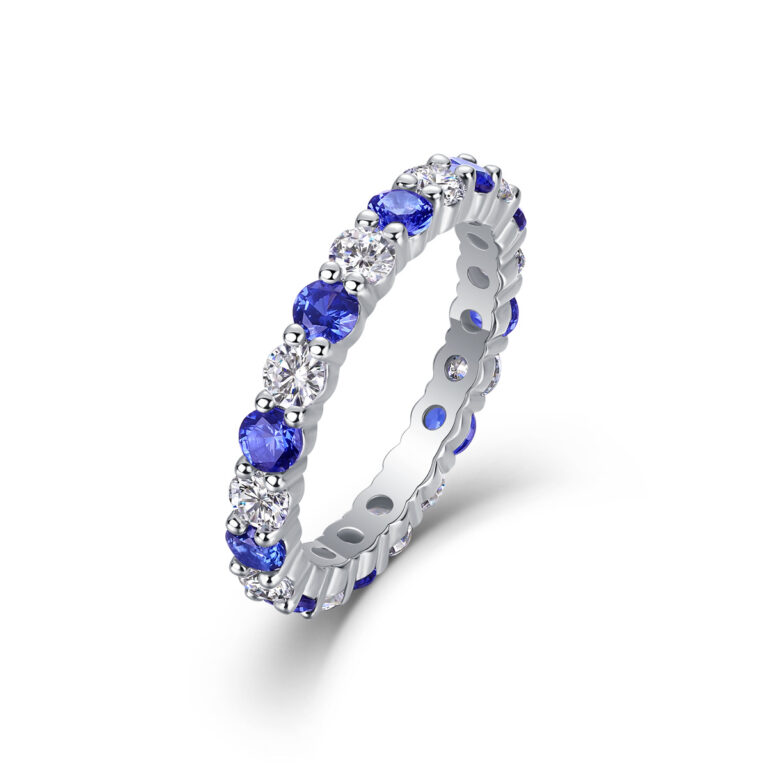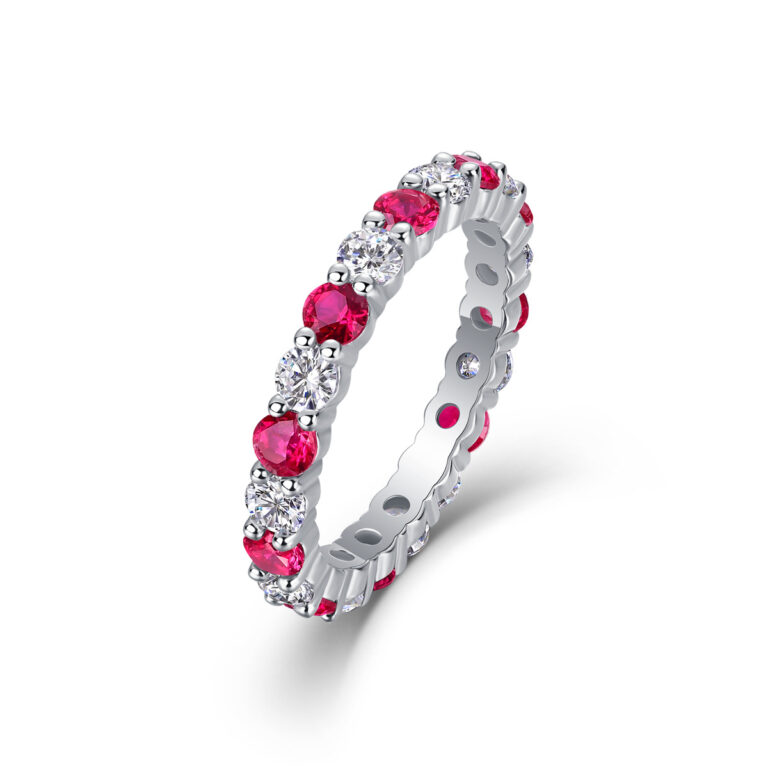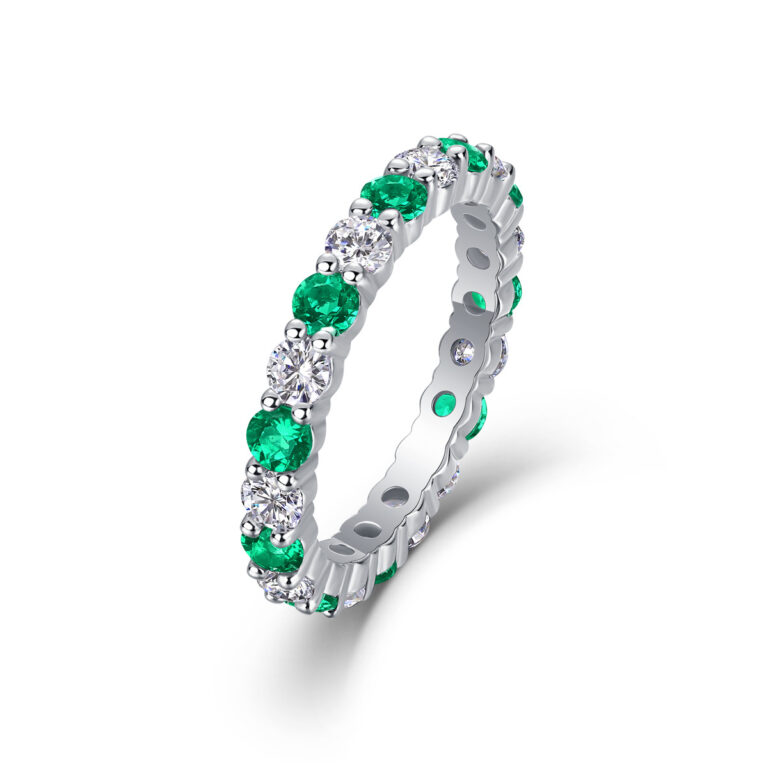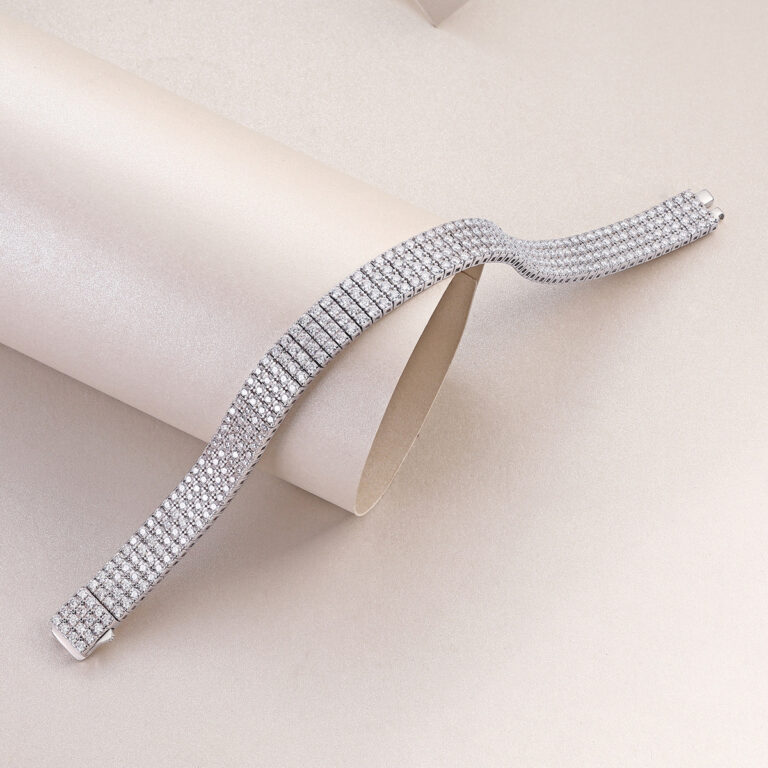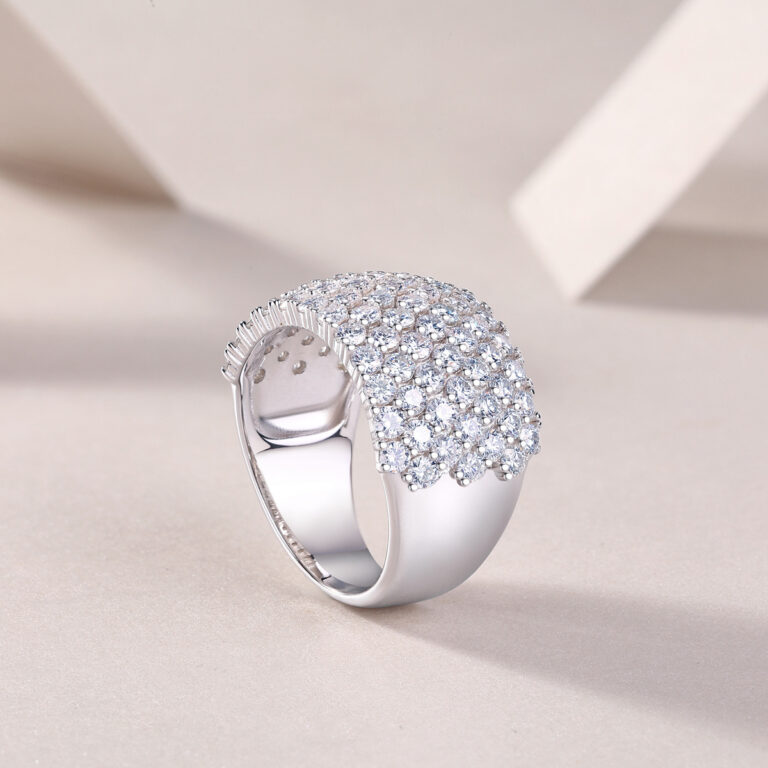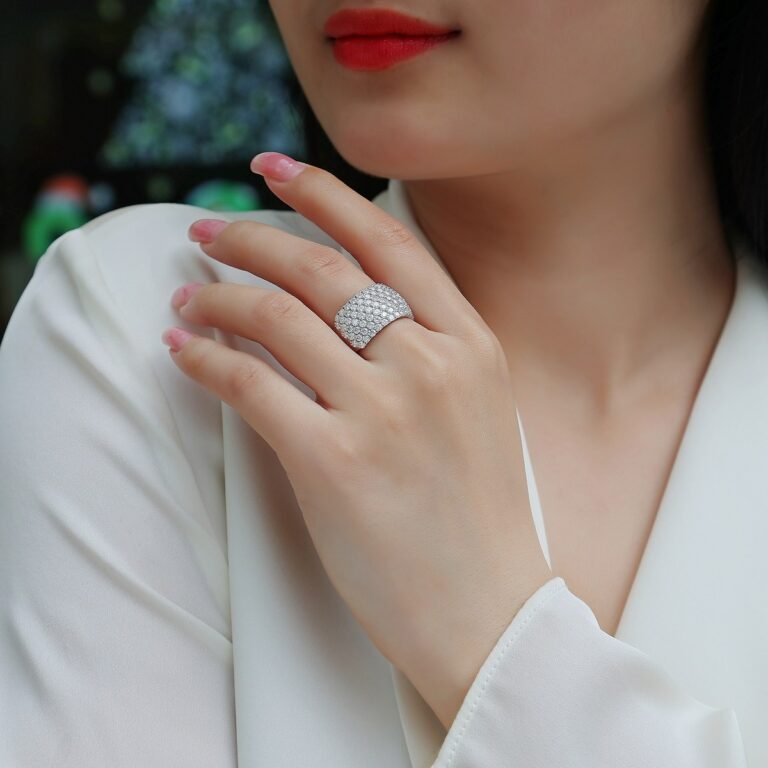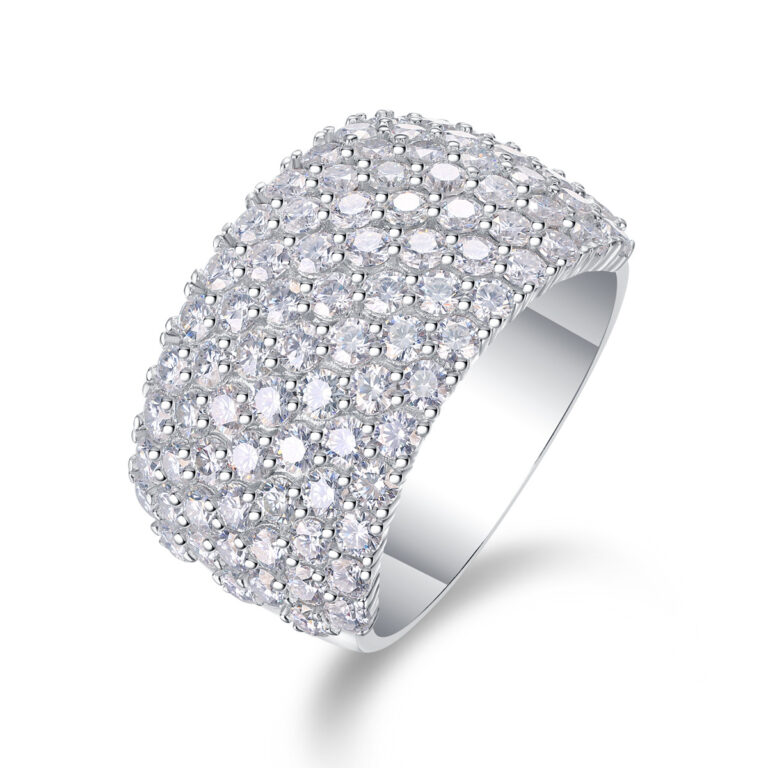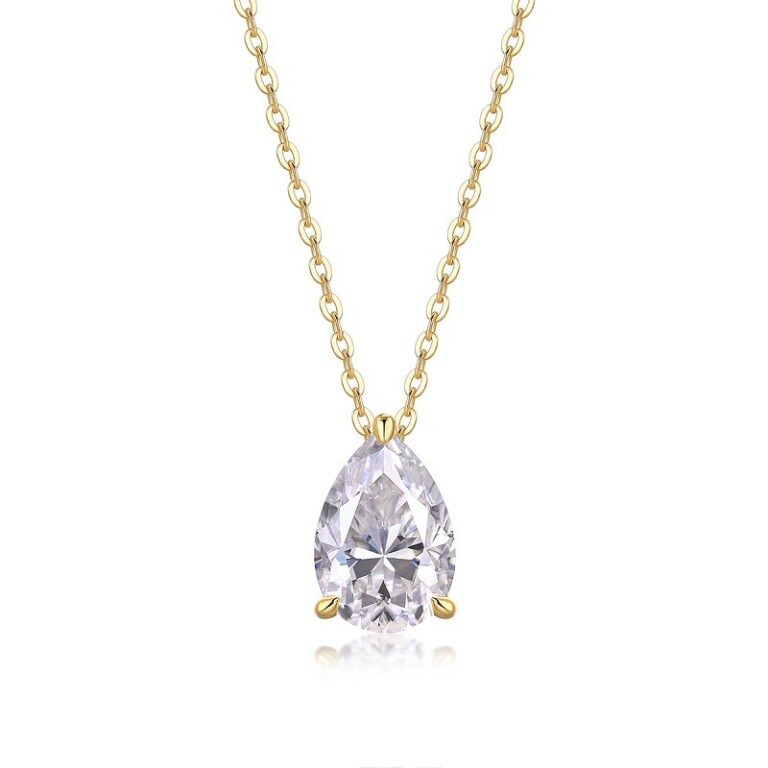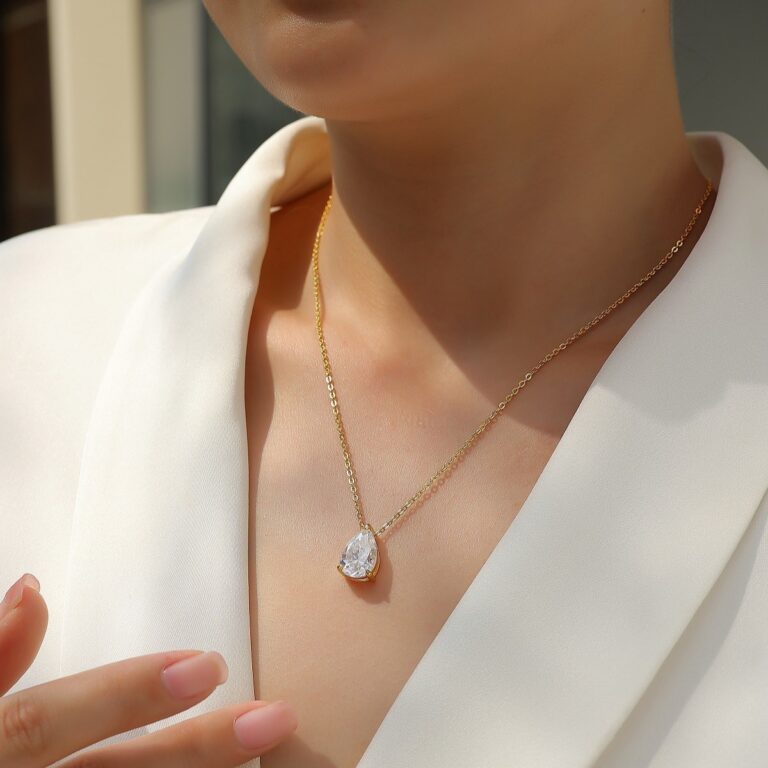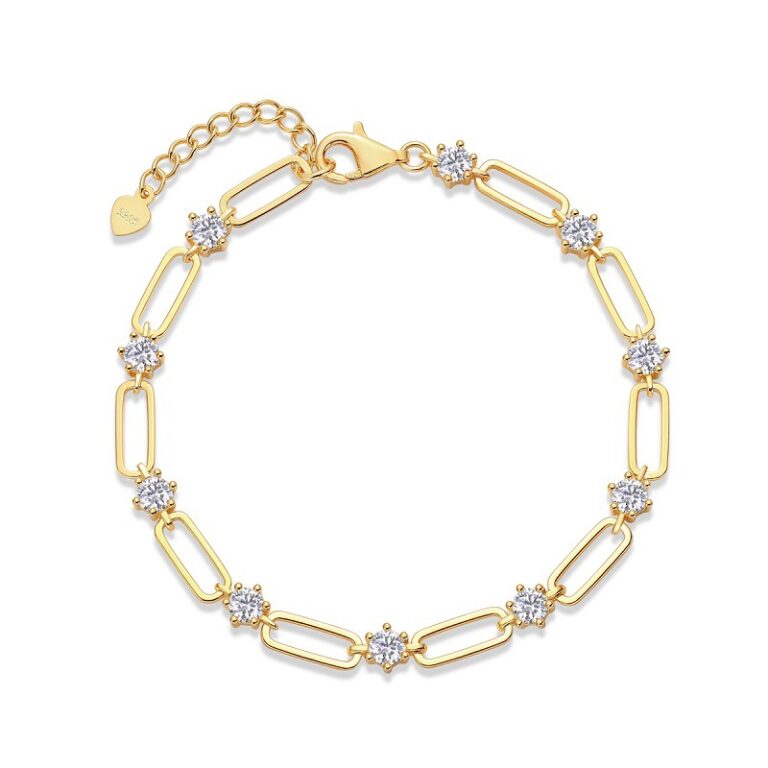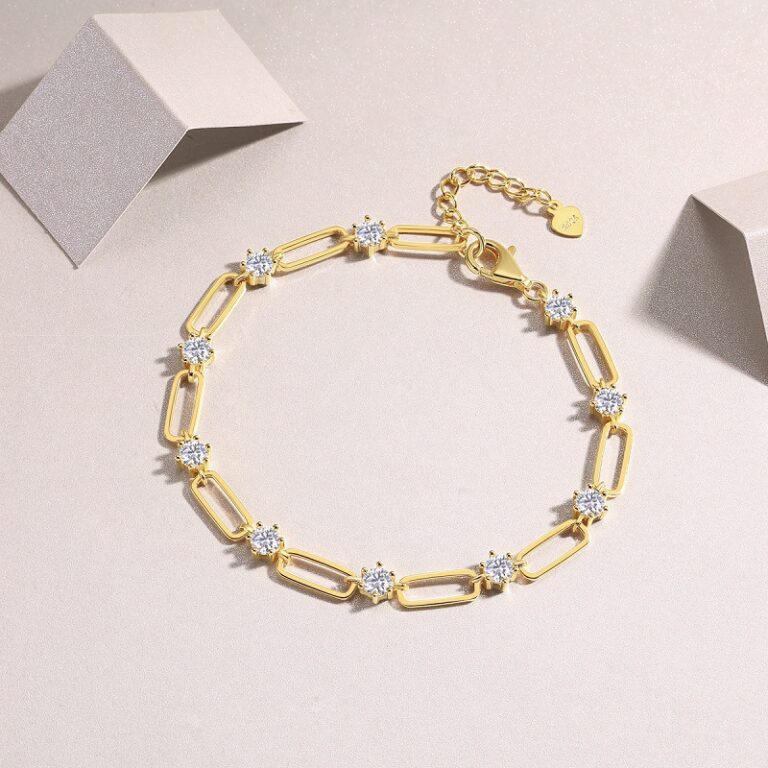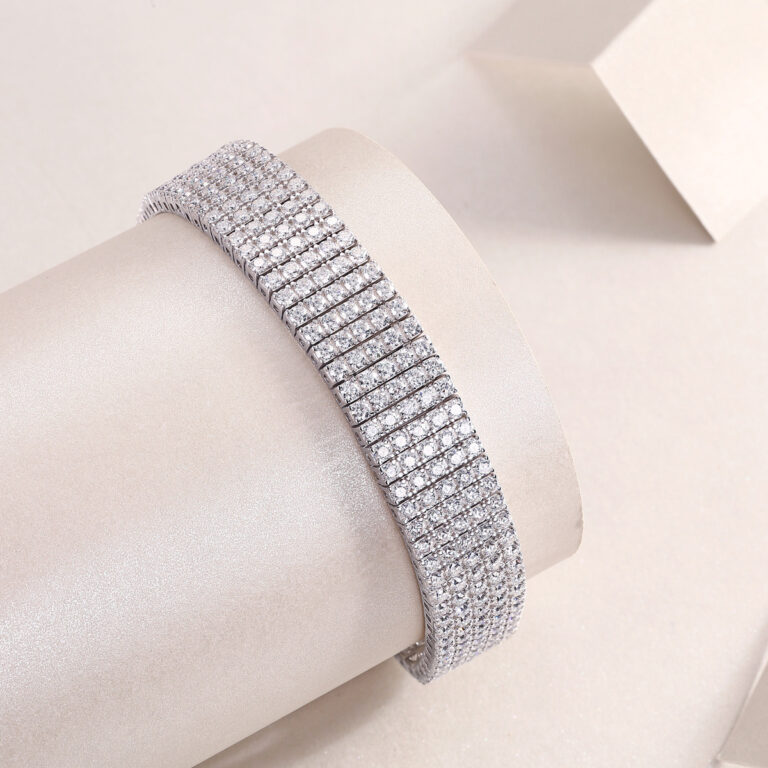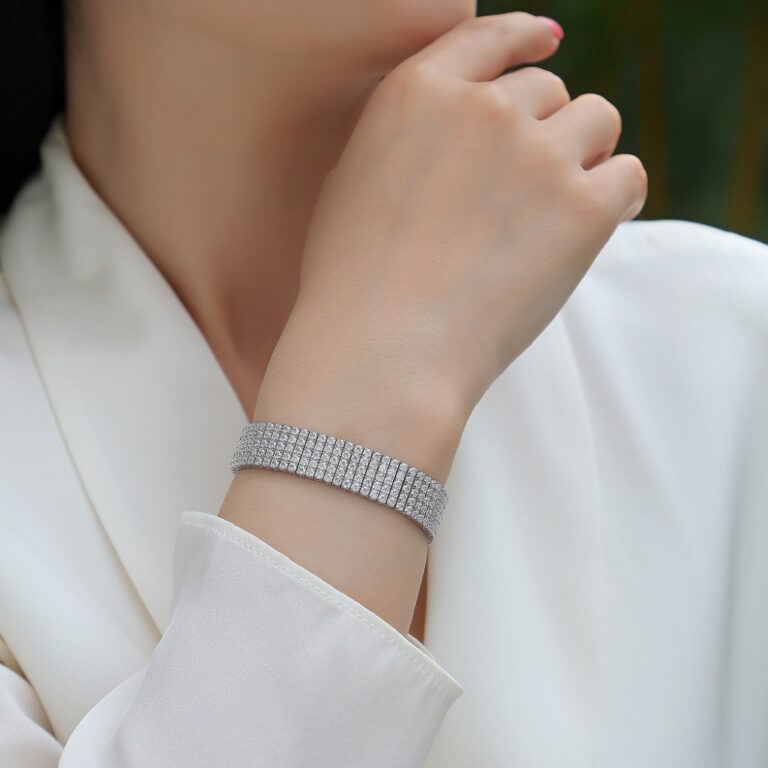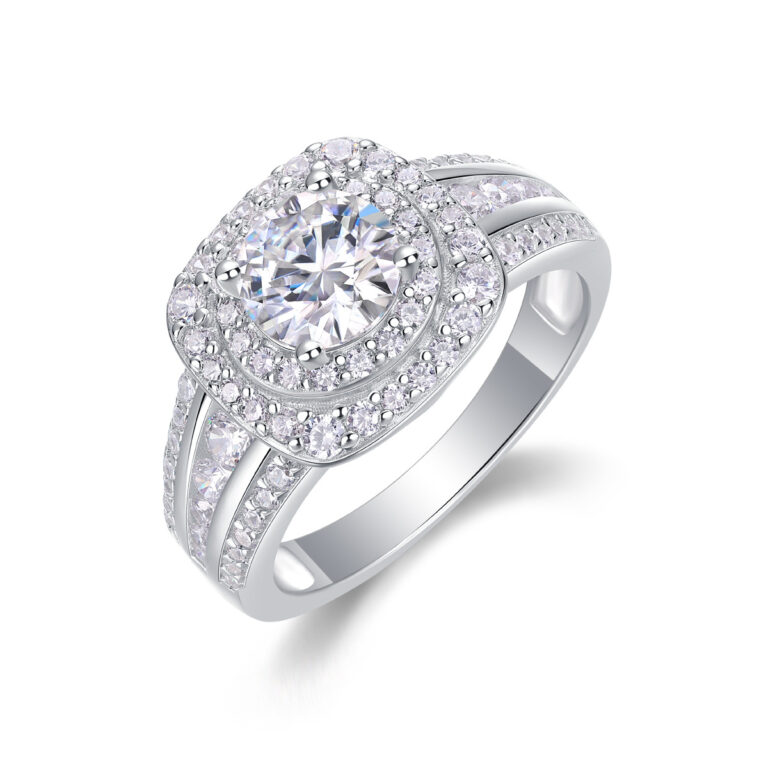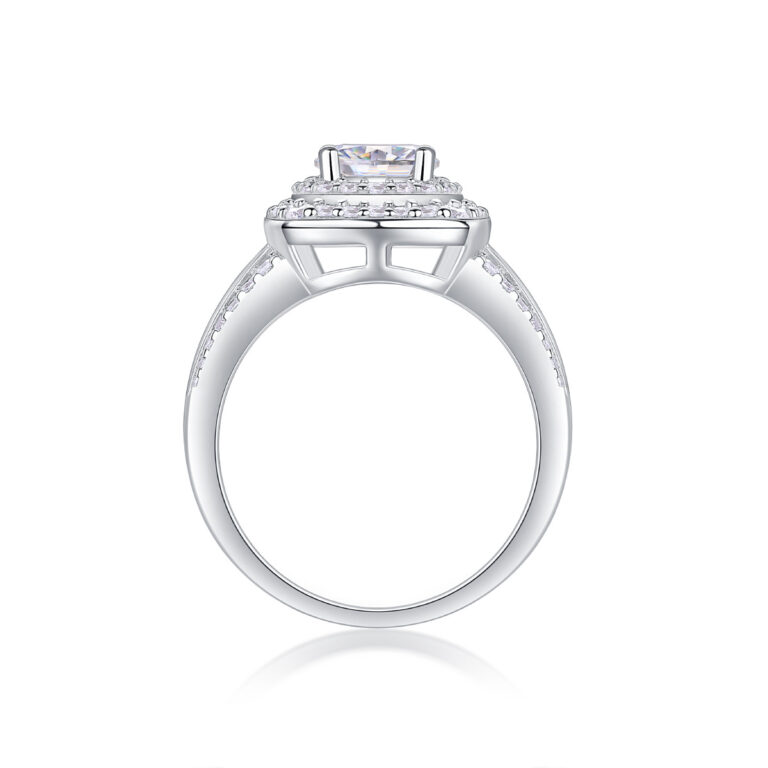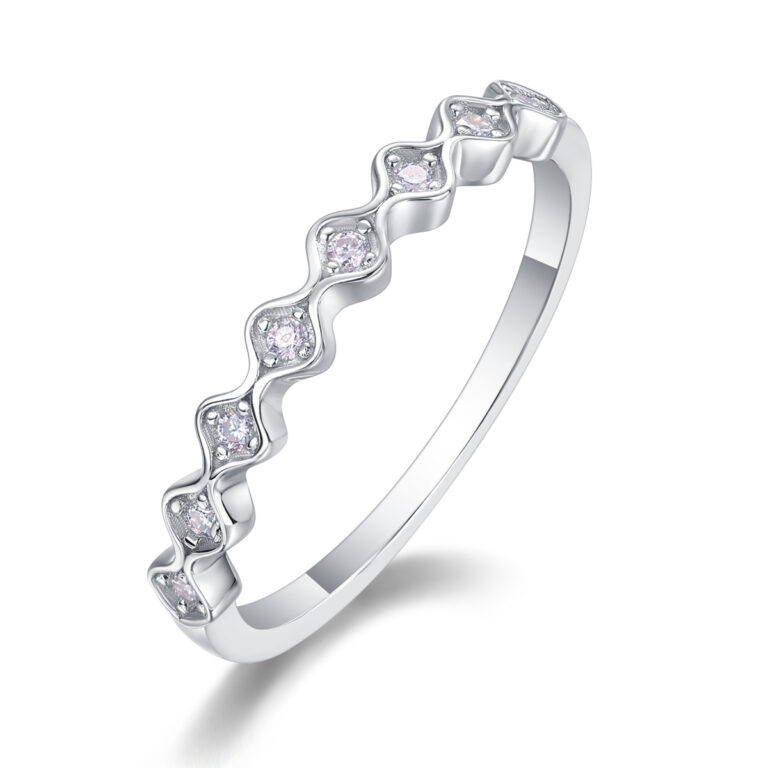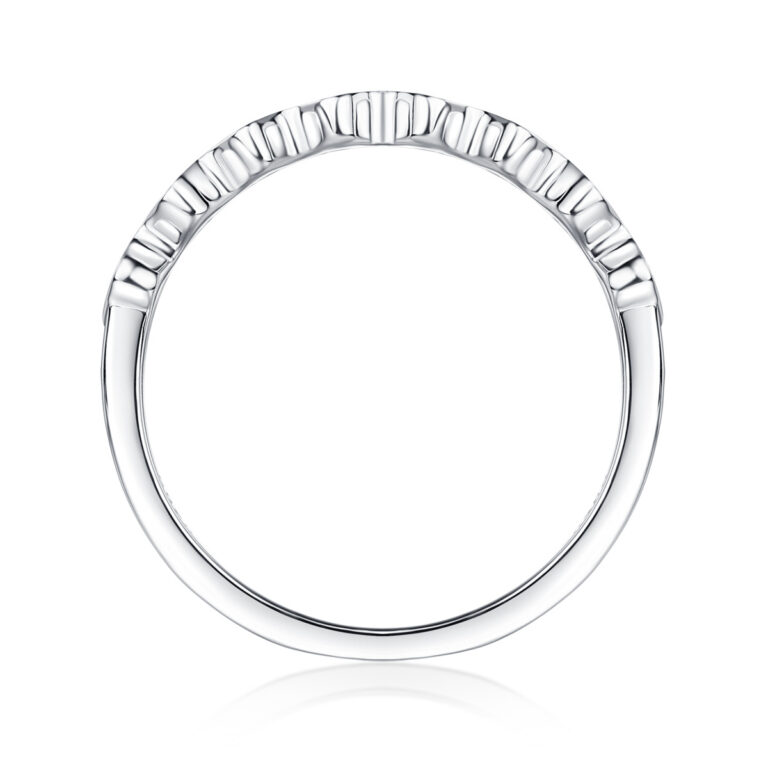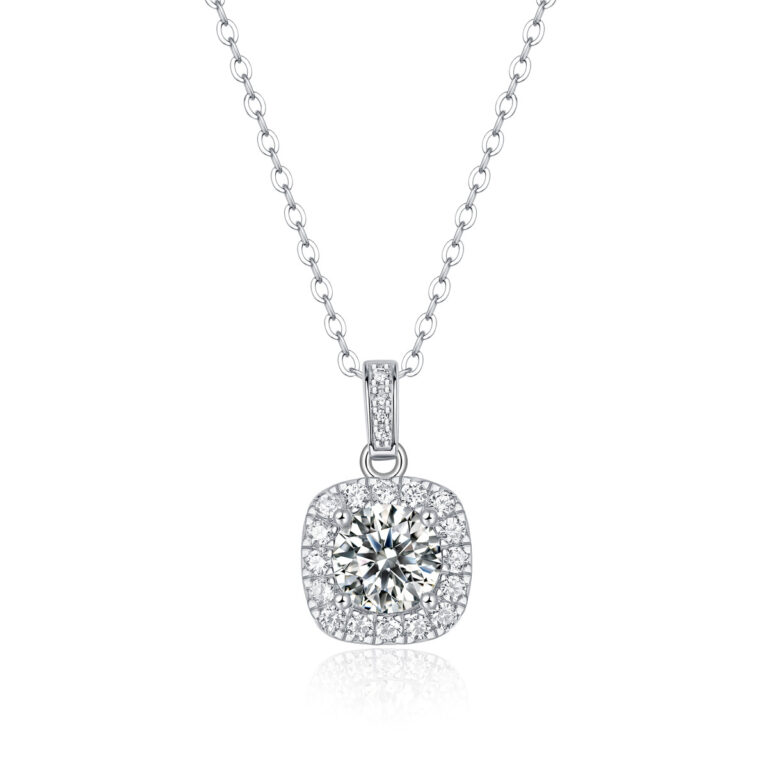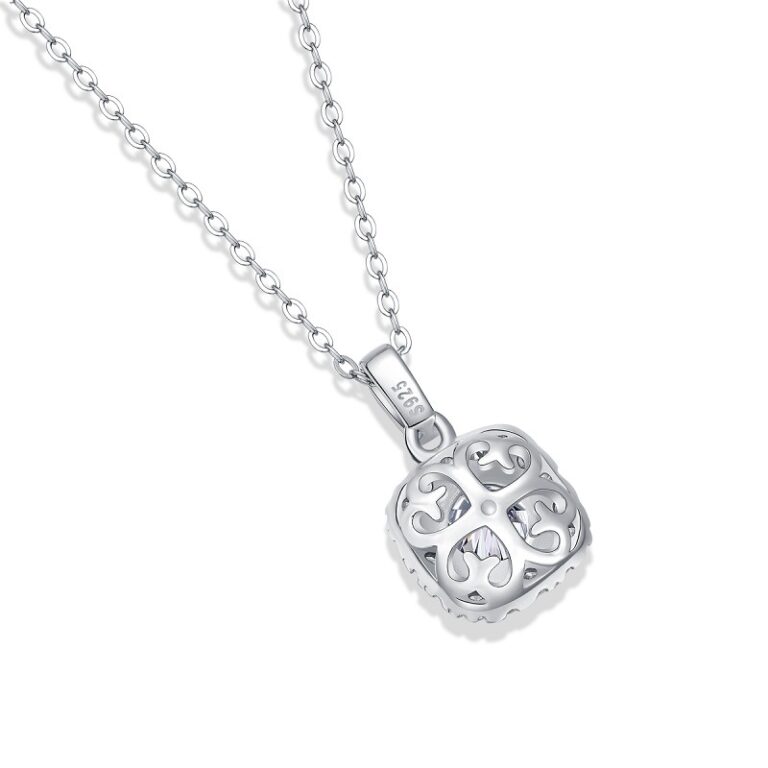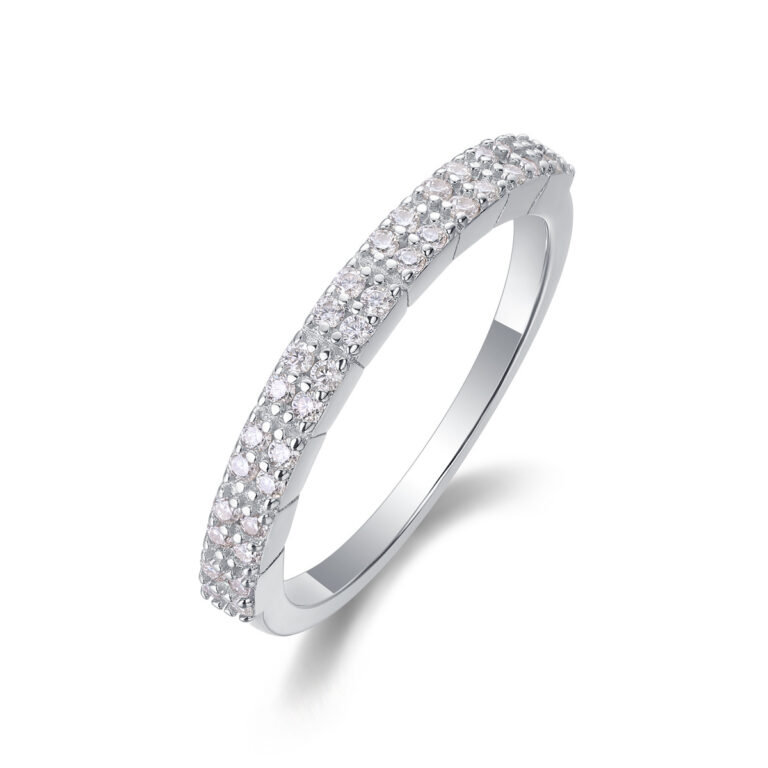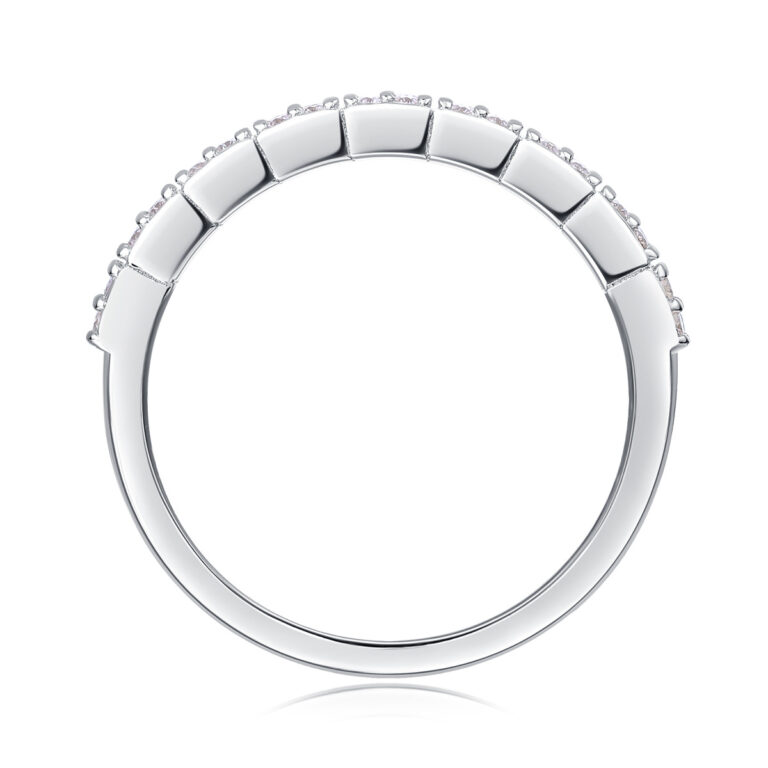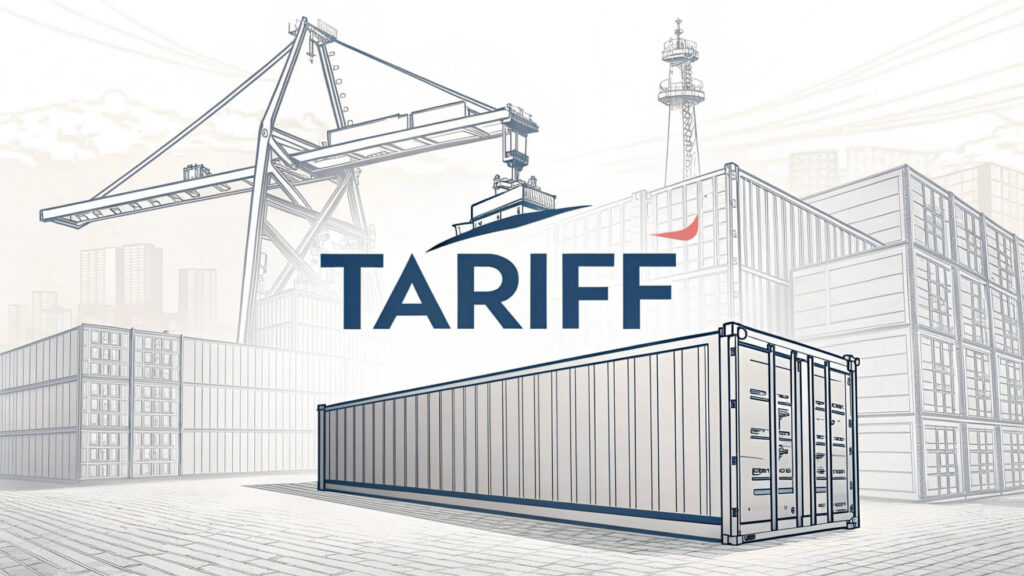
Introduction
In February 2025, the U.S. government, under President Trump, implemented a new tariff policy that imposes an additional 10% duty on all goods imported from China. This policy also eliminates the 800 deminimisthreshold,which previously allowed goods value dator below 800 to enter the U.S. duty-free. For jewelry sellers, especially those involved in e-commerce and dropshipping, this change presents significant challenges. This article will explore the implications of the new tariff policy and provide actionable strategies for jewelry sellers to adapt and thrive in this new environment.
Table of Contents
- 1、Understanding the New Tariff Policy
- 2、Impact on Jewelry Sellers
- 3、Strategies to Mitigate Tariff Impact
- Option 1: Paying the Tariff
- Option 2: Bulk Importing and Warehousing
- Option 3: Third-Country Transshipment
- 4、The Role of Dropshipping and Wholesale
- 5、About Lekani Jewelry
- 6、FAQs
- 7、Conclusion
Understanding the New Tariff Policy
The new tariff policy, specifically under HTSUS code 9903.01.20, imposes a 10% duty on a wide range of goods imported from China. This includes popular jewelry items such as moissanite and 925 silver. The policy also eliminates the T86 de minimis clearance, which was previously used for low-value shipments. Instead, shipments must now be cleared under T11 (informal entry) for goods valued at $2,500 or less, or T01 (formal entry) for higher-value goods.
Key Changes:
T86 De Minimis Clearance: No longer applicable for shipments arriving after February 4, 2025.
T11 Informal Entry: Applies to goods valued at $2,500 or less, with costs including MPF, duty, and handling fees.
T01 Formal Entry: For goods valued over $2,500, involving formal customs declaration, duty, and bond.
Impact on Jewelry Sellers
The elimination of the $800 de minimis threshold is particularly impactful for jewelry sellers who rely on low-cost, high-volume sales. Platforms that previously benefited from the tax-free advantage of small packages will now face increased logistics costs, potentially reducing profit margins by 20-30%. This could lead to a shift in consumer behavior, with buyers potentially moving to other platforms or seeking alternative products.
Challenges:
Increased Costs: Higher tariffs and logistics expenses.
Competitive Pressure: Need to differentiate through quality, branding, and customer service.
Operational Complexity: More paperwork and longer customs clearance times.
Strategies to Mitigate Tariff Impact
Option 1: Paying the Tariff
Continuing to ship orders directly to the U.S. and paying the applicable tariffs is the simplest approach. However, this may lead to higher prices for consumers, potentially reducing sales volume.
Option 2: Bulk Importing and Warehousing
Bulk importing goods and storing them in U.S. warehouses before distributing them to customers can reduce costs and improve delivery times. This approach is particularly beneficial for sellers with consistent sales volumes.
Advantages:
Cost Efficiency: Lower per-unit shipping and customs costs.
Faster Delivery: Reduced shipping times from U.S. warehouses.
Inventory Management: Easier to manage stock levels and respond to demand.
Option 3: Third-Country Transshipment
Using a third country to transship goods can help avoid tariffs, but this method carries risks, including legal complications and potential delays.
The Role of Dropshipping and Wholesale
Dropshipping and wholesale models can help mitigate the impact of tariffs by reducing the need for large upfront investments in inventory. Platforms like Lekani Jewelry offer a wide range of jewelry products stored in U.S. warehouses, allowing sellers to quickly adapt to market trends without the burden of inventory management.
Benefits of Dropshipping:
Low Risk: No need to hold large amounts of inventory.
Flexibility: Ability to quickly add or remove products based on demand.
Focus on Sales: Sellers can concentrate on marketing and customer service.
about Lekani Jewelry
Lekani Jewelry is a leading dropshipping platform that offers a diverse range of high-quality jewelry products stored in U.S. warehouses. By leveraging Lekani’s infrastructure, jewelry sellers can reduce their exposure to tariff-related costs and focus on growing their businesses.
Key Features:
Wide Product Range: Extensive selection of popular jewelry items.
U.S. Warehousing: Fast and reliable shipping within the U.S.
Cost-Effective: Competitive pricing and low overhead costs.
FAQs
1. What is the new tariff policy?
The new tariff policy imposes a 10% duty on goods imported from China and eliminates the $800 de minimis threshold, requiring all goods to pay tariffs regardless of value.
2. How does the new tariff affect jewelry sellers?
Jewelry sellers face increased costs due to higher tariffs and logistics expenses, potentially reducing profit margins and altering consumer behavior.
3. What are the best strategies for dealing with the new tariff?
Effective strategies include paying the tariff, bulk importing and warehousing, and using third-country transshipment. Dropshipping and wholesale models can also help mitigate costs.
4. How can dropshipping help jewelry sellers?
Dropshipping allows sellers to offer a wide range of products without holding inventory, reducing upfront costs and enabling quick adaptation to market trends.
Conclusion
The new tariff policy presents significant challenges for jewelry sellers, but with the right strategies, it is possible to adapt and thrive. By understanding the policy changes, exploring cost-effective solutions like dropshipping and wholesale, and leveraging platforms like Lekani Jewelry, sellers can navigate the new landscape and continue to grow their businesses.
